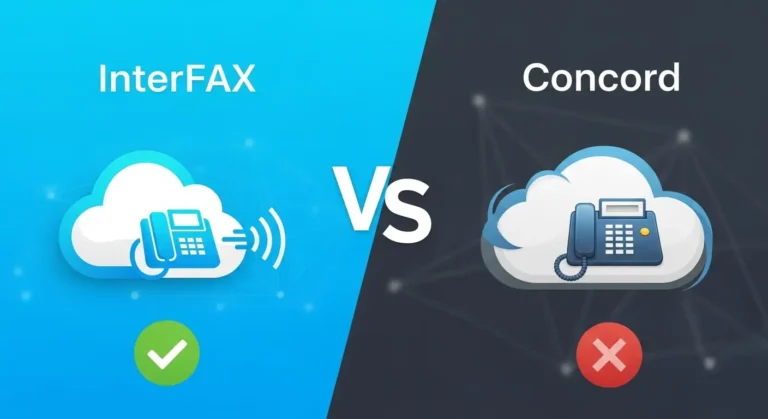There’s a new face on your feed — and it might not be human. It might be digital, smooth-skinned, impossibly expressive, and just a bit too confident for a 7 AM reel. But here’s the twist: it’s not about hiding anymore — it’s about showing up differently. Gen Z isn’t ditching their identity; they’re remixing it with tech that feels more like a vibe than a mask.
Enter avatars. Not cartoon emojis, not stiff 3D heads, but expressive, personalized presenters that speak in your tone and style — no makeup, no stress, no overthinking camera angles. With tools like Pippit, creators are now using avatars to speak, teach, sell, and joke their way through the algorithm without ever turning on the front cam.
And if you’re wondering what that actually looks like, here’s how Pippit can help convert link to video showing avatars in action. Spoiler: it’s wildly human in the best ways.
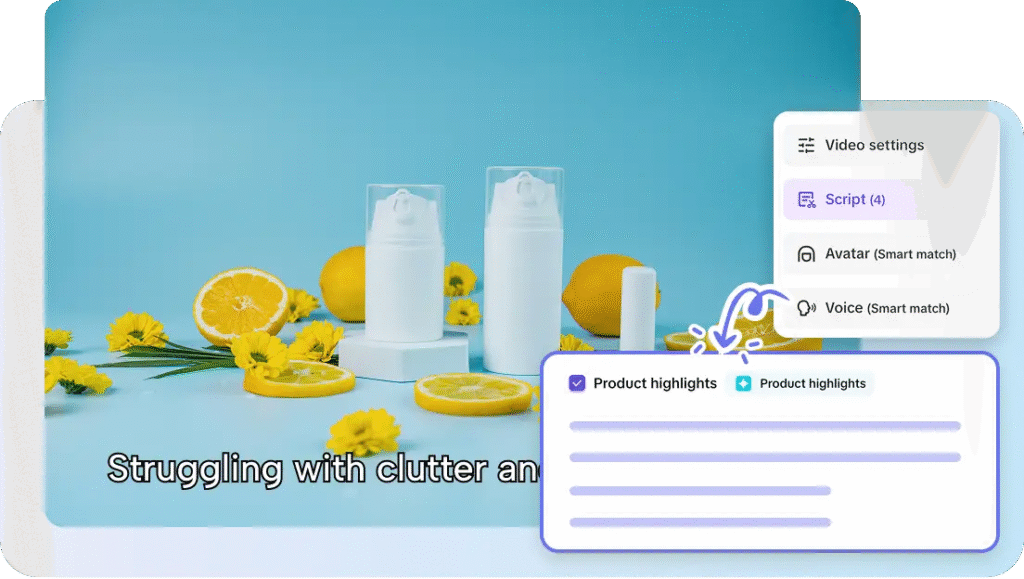
Why filters fell flat, and avatars rose up
Once upon a feed, beauty filters were the way to polish your presence. Sharpen the jawline, blur the undereyes, pump the lashes. But somewhere between the Snapchat dog ears and TikTok glam mode, filters started feeling…fake. Gen Z, being fluent in irony and authenticity at once, began craving a different kind of expression.
Avatars hit that sweet spot — they’re not pretending to be your real face. They’re a stylized stand-in. A creative proxy. A digital persona that lets you focus on your message, not your blemishes.
And because many avatar tools today use photo to video AI, creators don’t even need to film themselves. Just upload a still image, generate an expressive speaker, and boom — instant presence with none of the pressure.
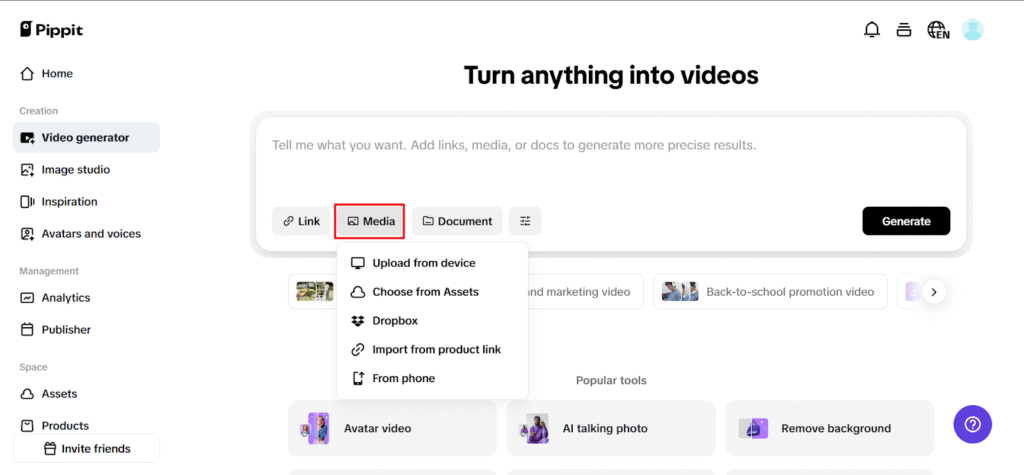
Speak your style: How Gen Z uses avatars to stay real
It’s not just about ease — it’s about aesthetic. Gen Z is deeply aware of visual language, and avatars give them a way to build content that feels themselves, even when they’re offscreen.
Here’s how they’re using avatars across different moods and missions:
For soft launches and self-talk reels
- Calm voiceover avatars set to lo-fi beats
- Gentle eye movement and slow blinks
- Color schemes matched to brand guides
For hot takes and rapid product demos
- Sassy avatars with fast delivery pace
- Direct eye contact and sharp gestures
- Contrast backgrounds to stand out on feed
For global reach
- Native language avatars explaining features
- Local expressions built into the script
- Multiple formats for TikTok, Instagram, YouTube Shorts
Whether it’s for identity safety, self-expression, or just getting your brand message across while you’re in pajamas, avatars offer a level of creative freedom that no filter ever could.
Avatars as brand ambassadors (minus the burnout)
Let’s be real — being on camera all the time is exhausting. Especially if you’re a one-person brand juggling content, strategy, DMs, and dinner. A custom avatar is changing the game by letting you show up daily without having to literally show up.
Imagine this:
- A skincare founder uploads product shots → avatar explains ingredients
- A coach has a rough day → avatar gives a pep talk based on pre-written scripts
- A fashion stylist can’t get lighting right → avatar still slays in the virtual studio
Not only are avatars scalable, they’re brandable. You can customize tone, expression, even wardrobe to match your identity. And when powered by tools like Pippit, it’s all drag, drop, generate — no editing degree required.

Create your avatar alter-ego with Pippit
Here’s where things get fun. If you’re ready to build a video without filming yourself, Pippit’s custom avatar system is your new best friend. You may create your own avatar speaker, replete with voice, personality, and stage appearance, using just a screenplay and a picture.
Step 1: Access avatars and voices
First, log in to your Pippit account. From within, navigate using the main dashboard to locate the Avatars and voices menu. Click the Add button to add a photo that you wish to use as your avatar to start personalising your virtual character.
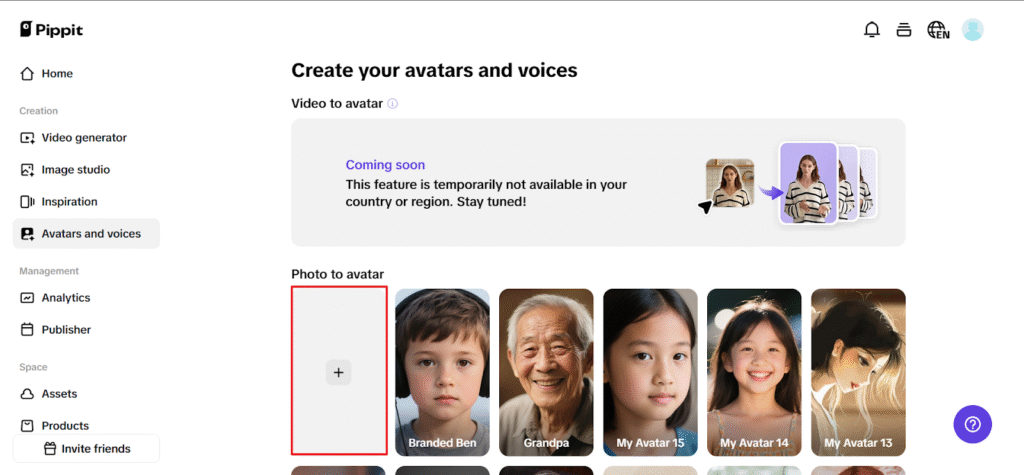
Step 2: Upload your photo profile
On the new page, upload or drag and drop your profile picture. Pippit’s AI will automatically check the image. Next, give your avatar a name, choose an appropriate voice, and click Submit to create. Finally, customize your avatar by modifying its appearance and expression.
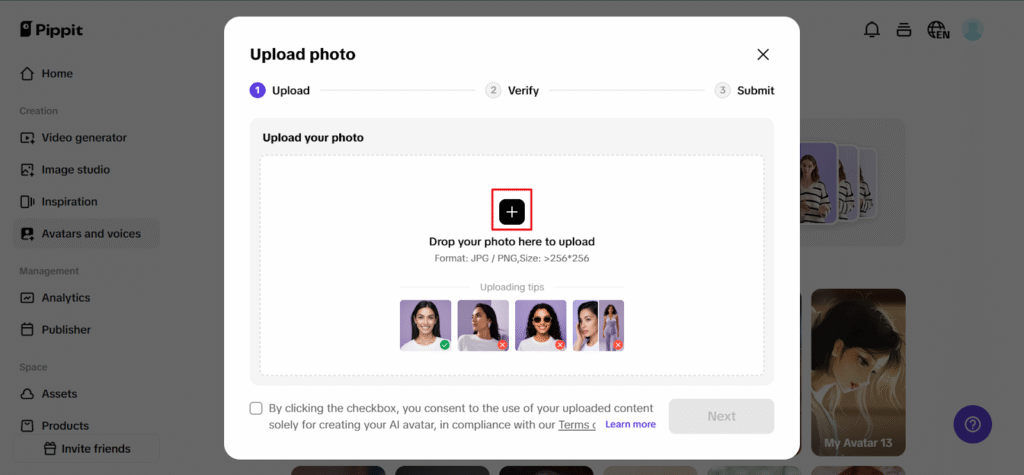
Step 3: Customize and export
Once your avatar has been created, click Apply to bring up the edit section. In the Edit script box, translate text to speech with varying styles. Click Edit more to insert transitions, sound, or backgrounds, then Export to determine quality and format for publishing or downloading.
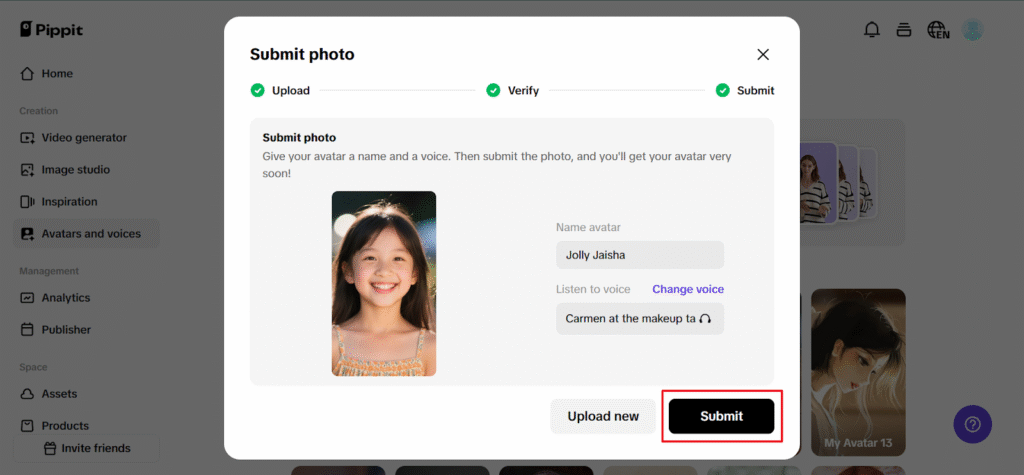
It’s like making a reel — without the retakes, lighting anxiety, or fear of the camera.
Show up more by showing less (your face, that is)
Avatars aren’t about hiding. They’re about choosing how you show up — and that power feels very Gen Z. In a culture obsessed with presence, it’s a radical move to say: I’ll still speak, but through something cooler, easier, and more consistent than I ever could be on camera.
Pippit helps creators, marketers, and founders tell their story without burning out on the daily content hustle. Want to join the avatar revolution? Start now, and let your digital twin do the talking.
Ready to try it? Head to Pippit and build your avatar-powered video today!

